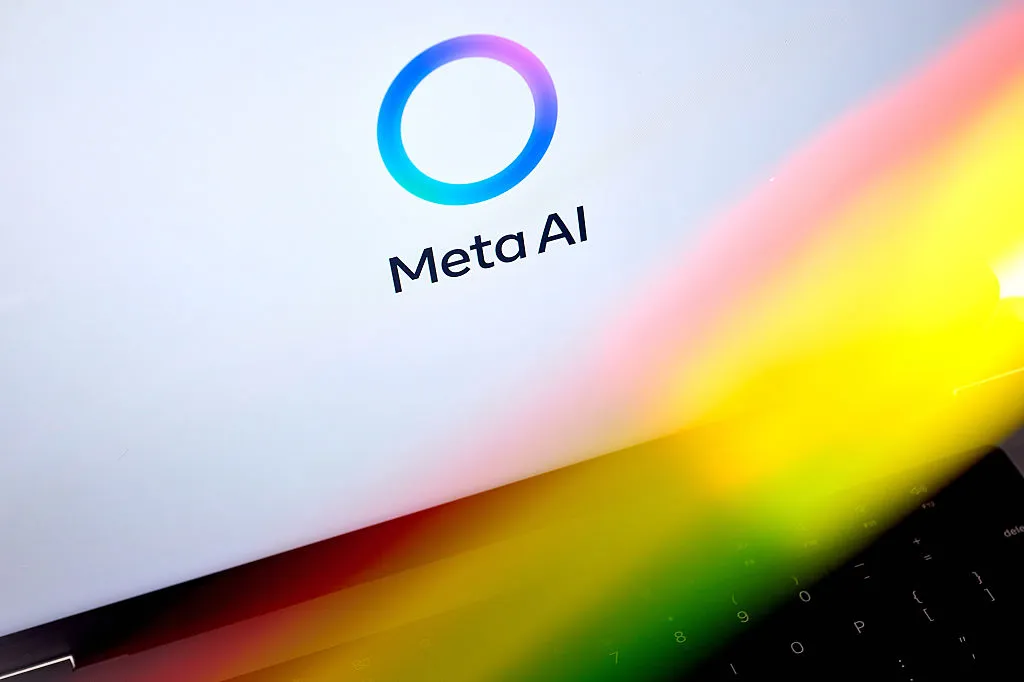Copyright ghanamma

At the start of the 2024/2025 academic year, Ghana’s secondary education sector saw a massive reform with the introduction of a new SHS curriculum by the National Council for Curriculum and Assessment (NaCCA) and the Ghana Education Service (GES). According to Prof. Samuel Bekoe, “this curriculum aims to equip learners with 21st-century skills such as critical thinking, collaboration, creativity, and digital literacy while also promoting core Ghanaian values and inclusivity”. A crucial part of ensuring the new curriculum equips learners with these skills is pointed directly not only to teaching and learning, but also to how learners will be assessed. Considering this, a significant part of the rollout of the new curriculum for Senior High Schools (SHS) is the introduction of a new approach to assessment and the student transcript portal. The new curriculum promotes a balanced approach to assessment. It encourages varied and differentiated assessments and proposes an internal assessment, comprised of formative (portfolios, performance, and project work in the classroom) and summative assessment, which can be an end-of-term examination. In addition, there would be an external assessment, which is a comprehensive summative assessment to be conducted by the West African Examinations Council (WAEC) at the end of year 3. Supporting this shift in assessment is the introduction of the Student Transcript Portal (STP), which is explained in detail below. The Student Transcript System/Portal (STP) The Student Transcript System (STP), which is a centralised repository for learner information, provides a comprehensive record of the student’s academic performance and character qualities. .. It contains key details such as learner bio-data, semester information, learning areas, subject combinations, assigned classes, continuous assessments information, credit hours, grades, Grade Point Averages (GPAs), and Cumulative Grade Point Averages (CGPAs). Additionally, a dedicated qualitative information section captures brief descriptions of learners’ character qualities over the period. The introduction of the Student Transcript System marks a significant leap forward in Ghana’s effort to reform secondary education. As Ghana continues to build a global competitive education system, innovations like the STP are laying the foundation for a new generation of learners who are confident, capable, and ready for the future. This is not just an assessment reform; it is an educational renaissance. According to Mr. Lawrence Dogbatse, Deputy Registrar of WAEC, “This new curriculum reflects WAEC’s strong commitment to transforming traditional assessment methods. We are moving beyond exam-based evaluation to incorporate project work, practical applications, and critical thinking.” He added, “The introduction of the Student Transcript Portal (STP) is a key part of this shift, as it ensures that every aspect of a learner’s growth, not just test scores, is recognised and valued.” Benefits for Stakeholders For learners, the STP encourages them to be consistent and engaged, knowing that every group project or values-based lesson contributes to their academic profile. It promotes intrinsic motivation and moves away from the old “chew, pour, pass, forget” approach. Parents gain access to a fuller understanding of their child’s strengths and areas for improvement. Instead of seeing only end-of-term grades, they see how their child participates in class, leads group discussions, and develops problem-solving skills. Teachers and schools’ benefit from clear guidelines, assessment rubrics, and technology-enabled systems that support more accurate and equitable evaluations. This makes it easier to tailor support to different learner needs, including students with disabilities or special needs. Tertiary institutions and future employers receive access to a rich dataset on prospective students. The STP reflects not just academic scores but also competencies like leadership, ethics, and teamwork, skills that matter in the real world. Speaking on the significance of the STP, Mr. Prince Agyemang-Duah, Director of Schools and Instruction at GES, expressed, “Learning is not just about what students can memorise and reproduce in a two-hour paper. It’s about how they think, collaborate, create, and apply knowledge to real-world situations”. The Student Transcript Portal enables us to document this broader learning experience. It ensures that students are recognised for the full range of their efforts. This is how we nurture confident, competent, and future-ready graduates. In line with the ambitions of the new SHS curriculum, STP revolutionises how we define and recognise learning, moving from rote memorisation to real-life application, inclusivity, and personal development. A Shift in Assessment Philosophy The new curriculum champions a balanced approach to assessment with internal assessments such as portfolios, project work, and practicals are now given eight alongside external examinations. Mr Lawrence Dogbatse from WAEC explains that, “While WAEC still conducts final assessments, its methods have evolved to measure higher-order thinking: only 30% of the exam now assesses factual recall, while 70% evaluates critical thinking, problem-solving, and communication.” As Ghana embarks on this transformative educational journey, it is imperative for all stakeholders—teachers, parents, and students—to embrace the shift towards this future-ready curriculum.



